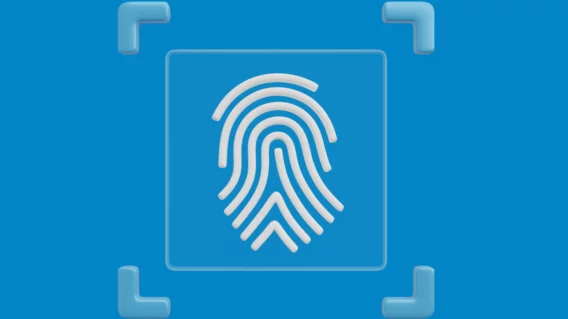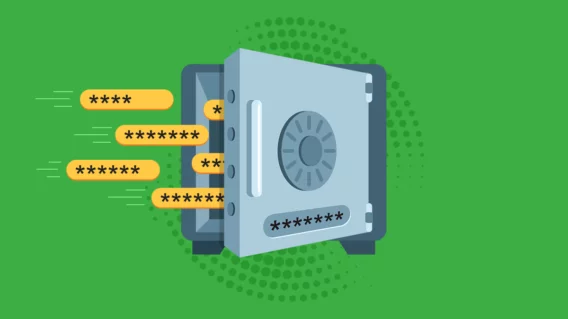Why Signature-Based Detection Isn’t Yet Dead – Cutting Through The Marketing Noise

Signature-Based Detection Remains Essential in Cybersecurity
Despite continuous advancements in cybersecurity, signature-based detection remains a stalwart in the battle against malicious software. Its precision, the ability to detect threats before execution, and the comparative efficiency make it not only relevant but indispensable.
The Precision of Signature-Based Detection
At its core, signature-based detection is all about precision. Unlike some other technologies that might operate in a gray zone of probability, signature-based systems provide a binary outcome: a match or no match. It’s similar to identifying a person using their fingerprint. Either the fingerprint matches the one in the database, or it doesn’t.
This precision serves as a critical asset in malware detection. By having a comprehensive database of known malicious signatures, any incoming software can be promptly cross-referenced. If there’s a match, action is taken before the malware gets a chance to execute. In other words, it prevents the mess before it happens.
The Evolution and Application of Signatures
Signatures are no longer just about recognizing specific malware variants. Advanced techniques, like the ones used by Emsisoft, have enabled these systems to identify broader, generic patterns, thereby expanding detection capabilities. Thanks to these innovations, a signature designed to recognize a particular malware family might also detect new variants of that malware.
It’s worth noting that the evolution of signatures is a testament to the adaptability of this method. As cyber threats evolve, signature-based systems aren’t just static lines of defense. They dynamically adapt, incorporating intelligence from new threats and ensuring the landscape of known malicious entities remains up-to-date.
Why Signature-Based Detection is a Critical First Line of Defense
One of the main advantages of signature-based detection is its ability to stop malware before it runs any malicious action. Many other technologies detect malicious activities only after they’ve started and then attempt to reverse or mitigate the damage. By preventing the malware from executing in the first place, signature-based detection eliminates this challenge.
Limitations and Their Workarounds
While signature-based detection is robust and reliable, no system is without its limitations. As malware techniques evolve, there’s always the challenge of staying updated. With that being said, the continual expansion and maintenance of the signature database minimizes this concern.
A commonly referenced limitation of signature-based detection systems is their memory consumption. These systems can use a considerable amount of RAM. However, it is important to note that a single browser tab can consume even more memory. When you consider the precision and preemptive detection capabilities signature-based detection brings to the table, it is undeniably worth the amount of memory it uses.
Furthermore, perceived slowdowns during signature checks are likely to be related to the device’s hardware specifications rather than the detection system itself.
Ultimately, it’s important to view these limitations in context. Even the most advanced of all cybersecurity measures have their own sets of challenges. The key strength of signature-based detection is that it’s always improving. The industry is constantly innovating, seeking ways to minimize these limitations. For instance, leveraging cloud-based solutions ensures that the signature databases can be updated in real time, offering proactive protection against emerging threats.
The Bigger Picture: Integration and Augmentation
Signature-based detection isn’t about sidelining newer detection methodologies but rather integrating with them. Behavior analysis, machine learning, and AI tools benefit immensely when combined with signature-based systems. While the latter catches known threats with unparalleled precision, the former can focus on unidentified challenges, resulting in a more holistic defense mechanism.
Emsisoft employs a multilayered approach that combines signature-based detection with behavior-based detection in order to provide well-rounded and robust security for your network.
Emsisoft Enterprise Security + EDR
Robust and proven endpoint security solution for organizations of all sizes. Start free trialTo Wrap Up
Signature-based detection remains one of the foundational pillars of cybersecurity. Its unwavering precision, ability to detect malware before execution, and integration capabilities with newer technologies ensure it’s not just relevant but crucial for effective cybersecurity.


